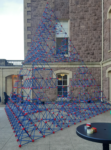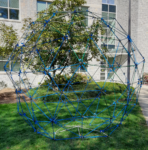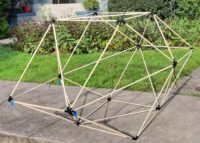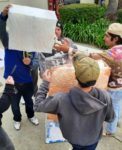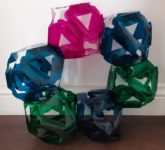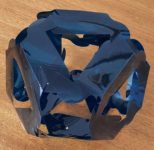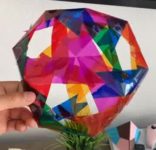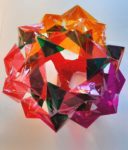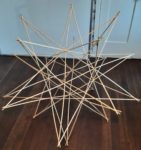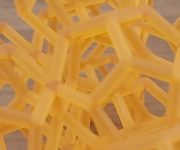Oxyhedron
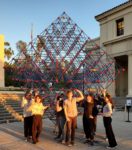
Over fifty members of the Occidental College community, organized by Prof. Jim Brown of the Math Dept., came together (Friday, 2023 Nov 10) to construct a Sierpinski-style fractal based on the regular octahedron. You can read more about it in the The Occidental weekly newspaper; more details will be posted here as time permits.
Read More

